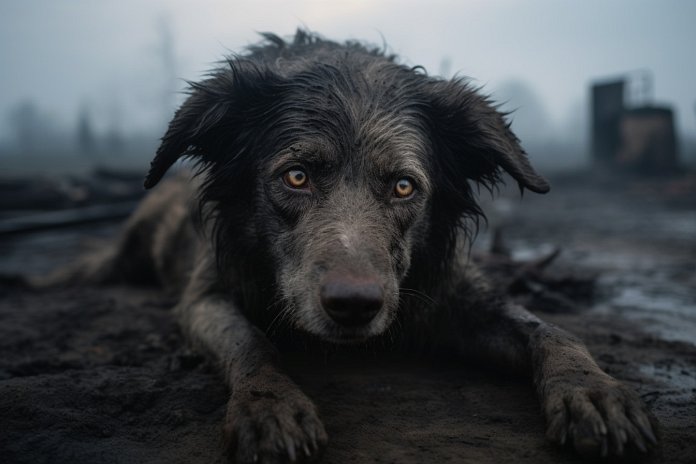
It’s official: dogs are becoming famous for their sniffing abilities. They can find drugs and even detect human remains. Cadaver dogs are invaluable in helping police solve difficult cases and providing closure for grieving families.
These dogs are trained to smell blood, placenta, or soil where a body may be buried. They can detect the scent of decomposed bodies and can indicate their findings through behaviors like barking, digging, and scratching. Their sense of smell, with 200-300 million receptors, far surpasses human capabilities.
There have been numerous cases where cadaver dogs have successfully located missing persons or bodies. For example, a dog named Piper barked when near the site where a man had drowned in a lake, leading divers to find his body.
Scientists are still studying the specific odors that dogs detect when it comes to death. They use synthetic cadaver odors to train the dogs, but the exact chemicals they detect remain a mystery. Dogs have even been able to locate buried bodies through layers of concrete.
Training a cadaver dog takes around 18 months to two years. Positive reinforcement and rewards are used to motivate the dogs. They are trained to associate certain scents with finding a missing person or evidence. Hardy breeds like German Shepherds and Labrador Retrievers are chosen for this work.
Overall, cadaver dogs are instrumental in assisting law enforcement and bringing closure to families. Their incredible sense of smell and dedication to their work make them invaluable assets in solving crimes.
“Our wagging-tail woofers are not just a pretty face. With their astonishing sense of smell activated by 200-300 million scent receptors, they stick their noses in all kinds of pungent smells to help police put the bad guys away. Dogs are the new sniffing celebrities, smelling death and bringing justice, one scent at a time!”

Tips & Things to Know
1️⃣ Cadaver dogs, also known as Human Remains Detection Dogs (HRD), are special dogs trained to detect the scent of blood, placenta, or soil where a body may be buried. Their sharp sense of smell, activated by 200-300 million scent receptors, is used to find missing people and solve criminal cases.
2️⃣ The training of these dogs requires a lot of time and effort, typically spanning 18 months to two years. The preferred breeds for this role are hardy ones like German Shepherds and Labrador Retrievers. They are trained using positive reinforcement and rewards, which could range from a tennis ball to an edible treat.
3️⃣ Research is being done to understand what specific scent of death dogs detect. At present, cadaver dogs are trained using synthetic odors that mimic the smells of recently dead, decomposed, and drowned people. However, a study involving the FBI and researchers found that decomposing humans can emit over 400 volatile organic compounds, suggesting a broad range of scents a cadaver dog might detect.
Frequently Asked Questions, Answered ✅
1. Can dogs really sense death?
– Yes, dogs have an incredible sense of smell and can detect the scent of decomposing bodies.
2. What are the signs that a cadaver dog can detect human remains?
– Signs include alertness, barking, digging, scratching, pacing, sniffing, and ears up.
3. How do cadaver dogs help solve crimes?
– Cadaver dogs can locate human remains, which provide crucial evidence in solving crimes and bringing perpetrators to justice.
4. What breeds of dogs are commonly used as cadaver dogs?
– German Shepherds and Labrador Retrievers are often chosen for their perseverance and hunting instincts.
5. How are cadaver dogs trained?
– Cadaver dogs are trained using positive reinforcement and rewards, such as toys or treats. They are exposed to various scents and terrains to prepare them for real-life scenarios.